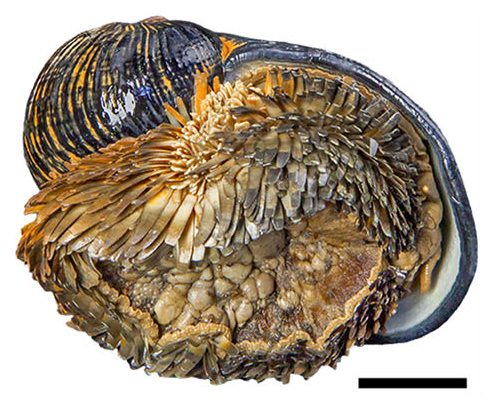it occurred to me when contemplating on making a cooler setting of the triumvirate of nearly omnipresent options dwarves seem to all end up sort of clones of each other and this bugged me thus I am making this thread.
elves I swear you find a new hill and you will find a new varient.
orc do well but still need to move beyond barbarians
humans are not a part triumvirate as they are the only real option.
why can't I figure out how to make more different variants of dwarves past making them evil?
I also notice this in other settings so it does not seem to be a me limitation.
why is this and can it be remedied?
Because the dwarf concept, as integrated into modern "high fantasy" fiction, has only really two significant inputs. Namely, actual Norse mythology, and Tolkien, who adapted that mythology to suit his own needs.
Elves pull from multiple distinct cultures now, and while Tolkien still looms large over that space, he's no longer hegemonic. This is not true of dwarves, which remain pretty much fully in Tolkien's shadow today. Sometimes elves can have facial hair (Azeroth, Tamriel), sometimes they can't (most D&D settings, Middle-Earth.) Sometimes they're truly immortal, or just long-lived, or
formerly long-lived, etc. Religious sentiments run the gamut. Social mores can be anything from libertine to ultra-conservative. Some Elves are true outright "fey folk," terrifying beings of mystery and power with bizarre, literally inhuman thoughts; some are basically identical to humans; some are fully understandable to humans but with radically different instincts or core beliefs (e.g. Vulcans are basically space elves.) Etc., etc., etc. None of these things feel
not-elf-like, despite often being at diametrically opposite ends of the spectrum.
Dwarves have to be, as OSP's Red put it, "beardy fighter-types." There's hardly even a full draw on all of Tolkien here; Gimli is one of the most intelligent, well-educated people in the Fellowship because he is literally dwarven nobility/minor royalty (Balin and Dwalin are his first cousins, once removed; and all three are of the House of Durin, with Gimli being Thorin's fourth cousin.) The son of a noble house, and certainly one who, fifty years on from Thorin reclaiming Erebor,
would have had a first-class education. Very little of this conception survives in the D&D dwarf today, with only the "mountain" dwarf vs "hill"dwarf distinction, that more cashes out as "cleric" vs "fighter" type.
Religious diversity is low: they all revere
Durin the Deathless Moradin the Dwarf-Father, and maybe some other dwarf-specific gods if the author's feeling fancy. Origin diversity is low: they literally come from hills and/or mountains, and usually by direct divine creation (taken from Tolkien rather than the Norse.) Social structure diversity is low: they almost always have a clan-based society (Norse and sort of Tolkien) with societal ranks somewhere between tribal leaders and formalized nobility. In terms of moral/ethical beliefs and values-systems, they're almost always depicted as being either pretty much just humans with a couple of quirks (e.g. "lust for gold"), or always straddling the middle point between the alien elves and the relatable humans. Their personality variance is often quite limited, heavily leaning on specific cliches (drunkenness being the common one), and the only really major developments on this front in several decades are the idea of sea-faring dwarves (which many don't cotton to, because it separates the dwarf from the land) and heavily druidic dwarves (which is more well-liked, but still a little awkward because of the strong association between dwarves and industry.)
In brief: It's hard to come up with variants of dwarves because "dwarf" is significantly more narrowly-defined than "elf," in part because dwarves are used far less often in fiction. Halflings are in a similar boat, barely ever being used except as a direct homage to Tolkien.
Often, it takes a well-liked exemplar character to invigorate interest in a fantasy race. Dak'kon completely reinvented the githzerai, for example. This is one of the reasons why it makes me so happy to see dragonborn in Baldur's Gate 3. With the ability to play dragonborn firmly entrenched, it now becomes possible for there to be dragonborn
companions who can win the hearts and minds of players, characters who follow in the footsteps of Legolas (who pretty much single-handedly manifested the "elf ranger" archetype) and the aforementioned Dak'kon (the Unbroken Circle of Zerthimon is absolutely one of the coolest examinations of religion in CRPGs.)
TL;DR: We need more dwarves that are still clearly dwarves, but who buck the trends of their past characterization. That's the only way to make them more diverse and interesting...because it
literally is making them more diverse, and if well-done, more interesting as well.




